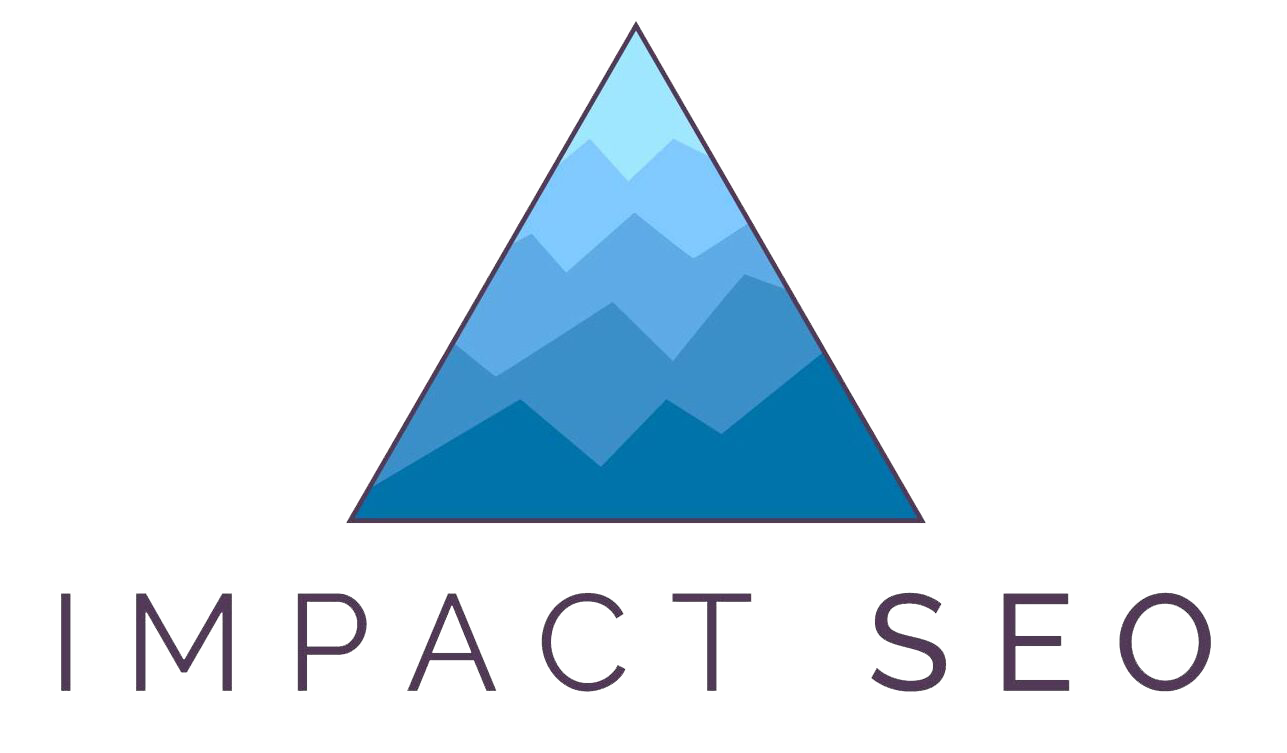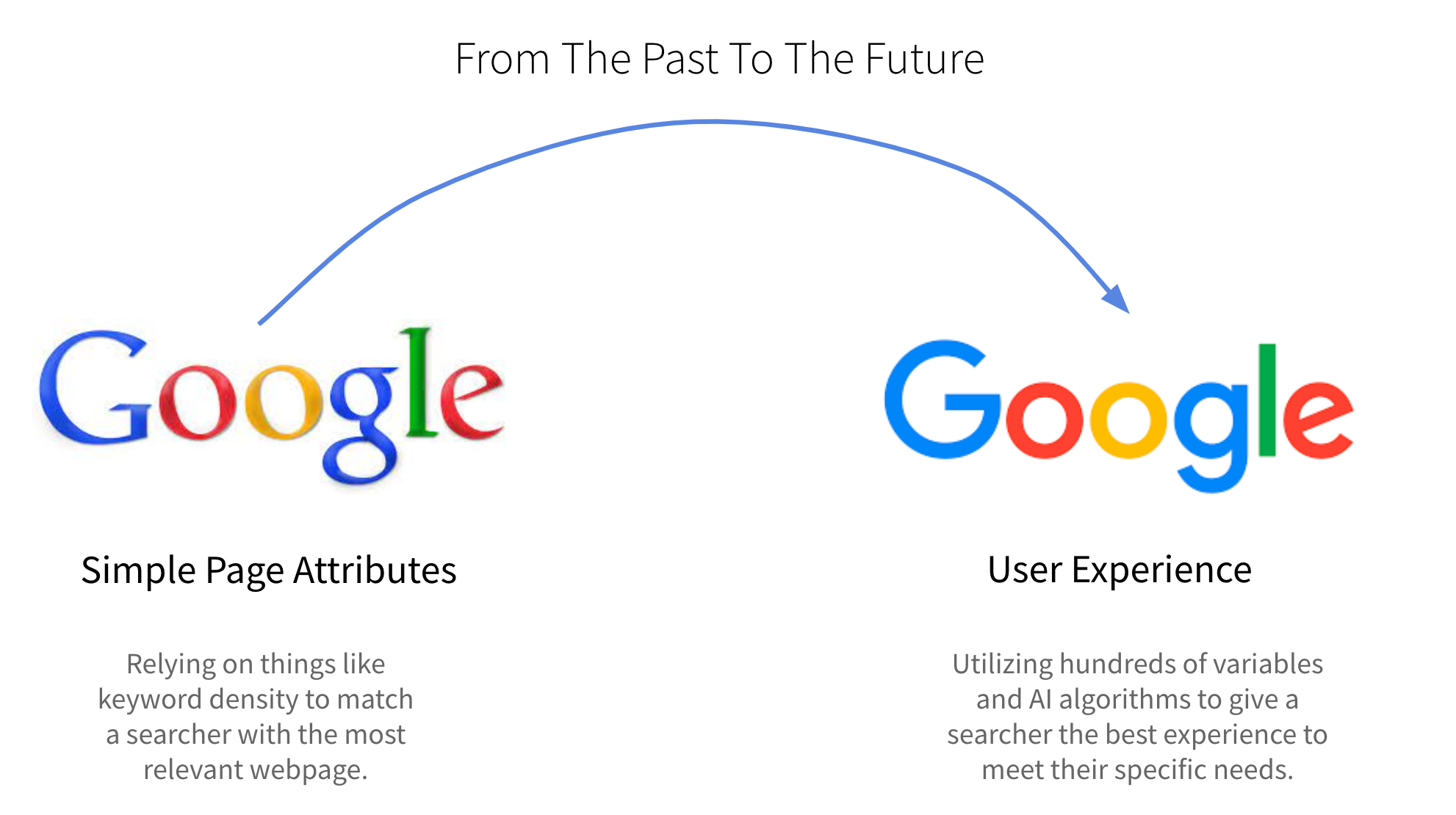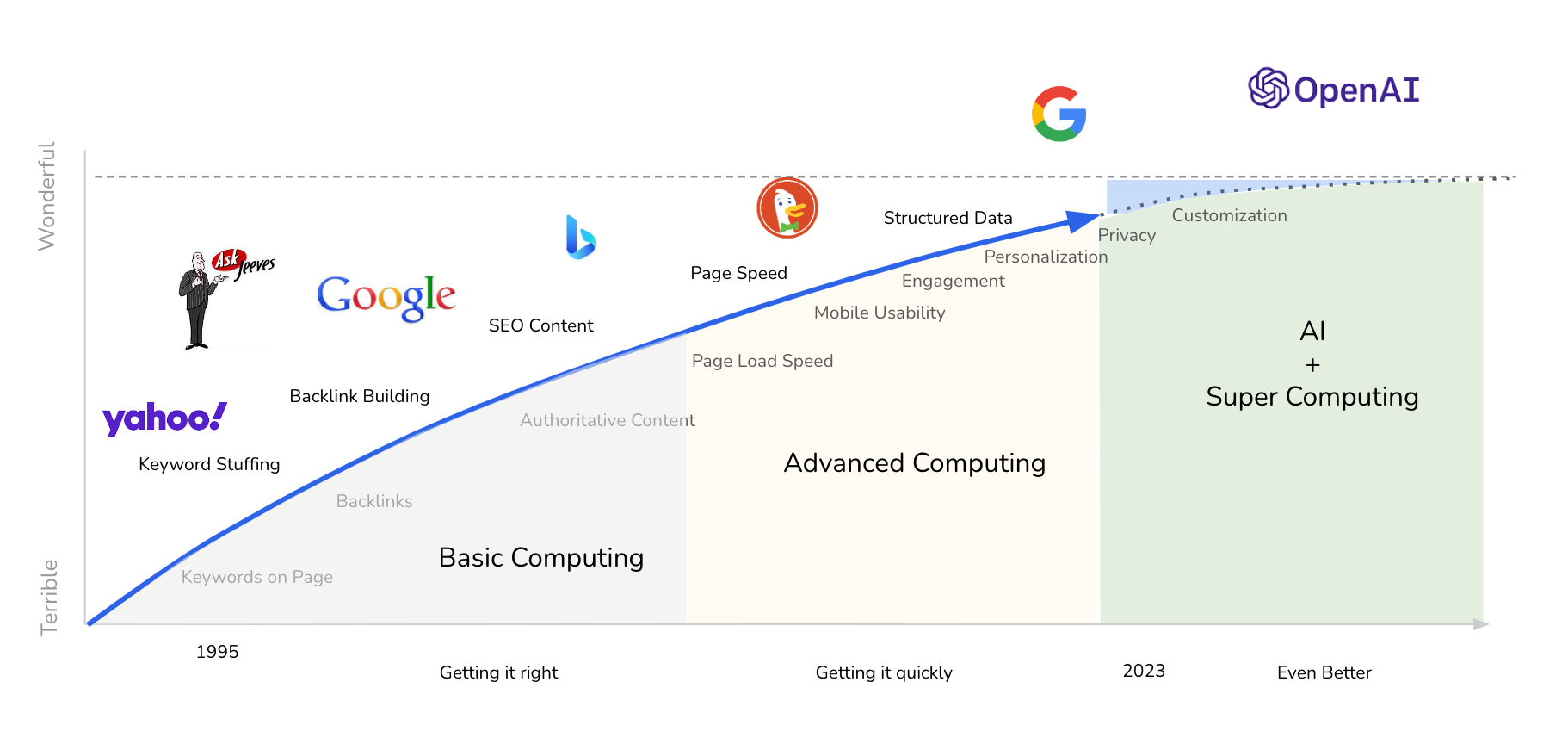For responsible organizations who want to grow support for their cause.
Case studies are a great way to:
- Raise awareness for the work your organization does
- Build trust with potential supporters
When done properly, case studies are a powerful asset for your organization.
However, if you are missing even one element of what it takes to have a successful case study, you won’t get the impact you’re looking for.
If your case studies aren’t driving growth for your organization, you might be making one or more common mistakes.
Common Mistakes In Case Studies
I hate to see when an organization is doing great work but is unable to get the support they deserve because they aren’t communicating their impact clearly enough.
Here are some of the top mistakes I see organizations make in their case studies:
- Too Broad – If you’re making a case study for everyone, you’re making it for no one. A case study that is too broad will not resonate with the specific type of person who wants to support your cause.
- Too Detailed – Chances are, your projects required a lot of hard work and planning. You want to convey that (rightfully). Unfortunately this often translates to case studies with too much of the wrong details, which is way more than what your reader needs.
- Low Quality – The best results packaged poorly are significantly diminished. Images, formatting, and design are important elements of a case study. Poor delivery of your story makes for a bad first impression, which is hard to recover from.
Characteristics of A Good Case Study
Make it easy for your reader to get what they want.
We live in the age where we are conditioned to get what we want within a few seconds just by asking Google.
The bar has been set high.
It’s on you to clear it.
You can think of a reader’s experience like an interaction with your organization. If it is smooth and rewarding, they are more likely to trust you and support you. If it is difficult or unpleasant, they are likely to invest their time and energy somewhere else.
Here are the 5 biggest ways to make your visitor’s experience smooth and rewarding:
- Make it Clear – The impact you had must be immediately apparent.
- Keep it Concise – Provide high-level information that tells the story. Make detailed information available at the end or as a separate download.
- Easy to Understand – Simplify it to the most important information that is relevant to your audience. You can have multiple case studies from one project, if different aspects of your project apply to different audiences.
- Have a Clear Next Step – Make sure you give the reader a clear next step. What do you want them to do after reviewing your case study?
- Design with Care – Design is a representation of your organization. It needs to be clean and professional.
5 Steps To A Winning Case Study
Ready to create an effective case study that builds trust with potential supporters and helps propel your organization?
Check all the boxes by following my successful case study framework:
Step 1 – Get Clarity
Before you start, clarify a few things in writing:
Clarify Your Purpose
What is the purpose of your case study? Why are you investing time and energy into creating a case study?
This may feel obvious, but it’s important to clarify. If your team isn’t clear on this you’ll likely drift away from the core purpose during your process of creating the case study which will make it much less effective.
Define Your Audience
Who is the case study for? You likely have different types of supporters who are interested in different aspects of your work.
Clearly define who you are creating the case study for and what they care about. The better you know your audience, the more effective you can communicate with them.
Step 2: Set Specific Goals
Define the goal of your case study. How does your case study fit within the mission of your website? Do you want it to play a role in increasing support for your cause?
Clearly define the following in writing:
Define Action
What action do you want someone to take after viewing your case study?
Define Metrics
How will you measure what success is? Case study views? A specific action taken after viewing your case study?
Make sure you are set up to measure these metrics so you can make informed decisions about whether or not your case study is doing its job (and how to fix it).
Define Targets
After you define your metrics, make an internal note about what success should look like. You can’t declare a victory or loss if you don’t have a clear goal. Whether it is modest or aggressive, writing down your targets gives you and your team a benchmark from which you can evaluate progress.
Step 3: Draft
A simple word doc is enough for drafting your case study.
After you write a rough draft of your case study, it is critical that you go back and evaluate. Check to see if your draft supports the purpose you set out for your case study and speaks to the audience you’re writing for. If it doesn’t meet the requirements you set in steps 1 and 2, refine your draft until it does.
Here are a few tips:
- Follow the 5 second rule – Within 5 seconds of viewing your case study, your website visitor should be able to understand what the case study is about and the value your organization created from the project.
- Maintain consistency – A consistent format between case studies will help your audience navigate between case studies and find the information they are interested in. Don’t make them work for it.
- Make it scannable – Format your case study in a way that makes it easy for a viewer to find the information that interests them most.
Step 4: Design
If you’ve put in the work required to make a winning case study, don’t let the final details prevent you from attaining success.
Every webpage on your site is a reflection of your organization’s commitment to quality and attention to detail. This does not mean your case study needs to be extravagant, complex, or expensive. It does mean you need consistency and quality.
Show your potential supporters how much you care.
Quality of imagery – No imagery is better than poor quality pictures and cheesy stock photos.
Consistency in coloring and formatting – Take the time to slow down and review before you publish. If you’re creating the case study, have another person on your team review it and provide feedback.
Ease of navigation – Make sure your webpage displays properly and is easy to navigate on both phone and desktop.
If you’re asking for someone’s time or money via your website… you need to give them confidence that it is time and money well spent.
The experience they have on your website plays a key role in their confidence with your organization.
Step 5: Measure & Improve
Think of your case study (and each page on your website) as a hypothesis. You set out to give your audience what they want, based on your understanding their needs… but you don’t know for sure.
Test, collect reliable data, and adjust.
Analytics about the performance of your page will help you refine your understanding of what your audience is looking for so you can improve your case study and make it more effective. Here are some of the things you can learn:
- How your audience finds your case study page
- How much time they spend viewing your case study
- What actions they take after viewing it
If you aren’t sure about how to setup your analytics properly, send me a message and I’ll take a look for you.
Your Next Steps
If this process sounds like a lot of work to you, you’re right.
Publishing a case study the right way is not easy. You may need to reset your expectations on what it takes to achieve the results you want.
However, when done properly, you get to enjoy the satisfaction of knowing you did your best work. You’re also likely to see your hard work translate into increased support for your cause.
I hope my advice here helps take you one step closer to attaining your goals.
Free Bonus Resource
I developed a worksheet to help you structure the first two steps of this process and make it a little bit easier. Save yourself time and get off to the right start, with my free template.
Request a free winning case study worksheet: Message Me Now






